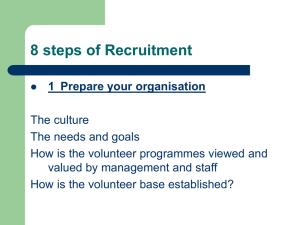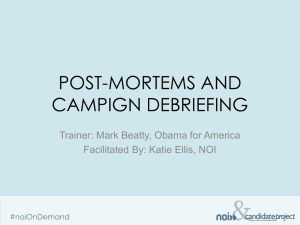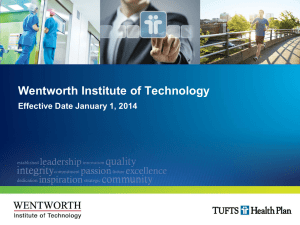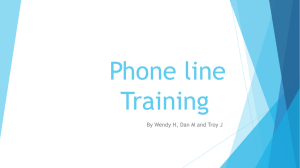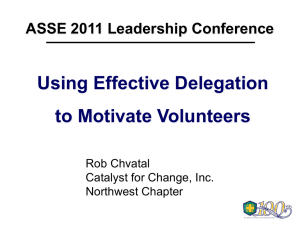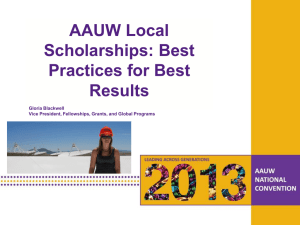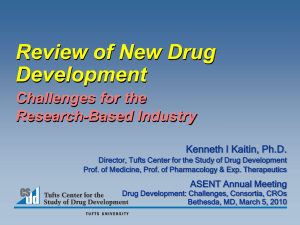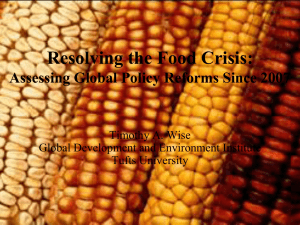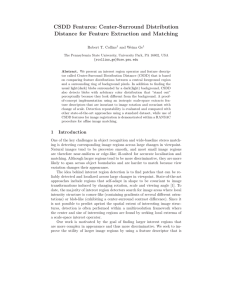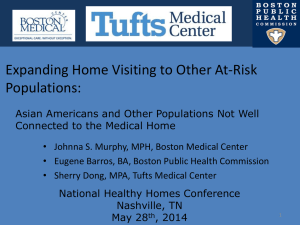Document
advertisement
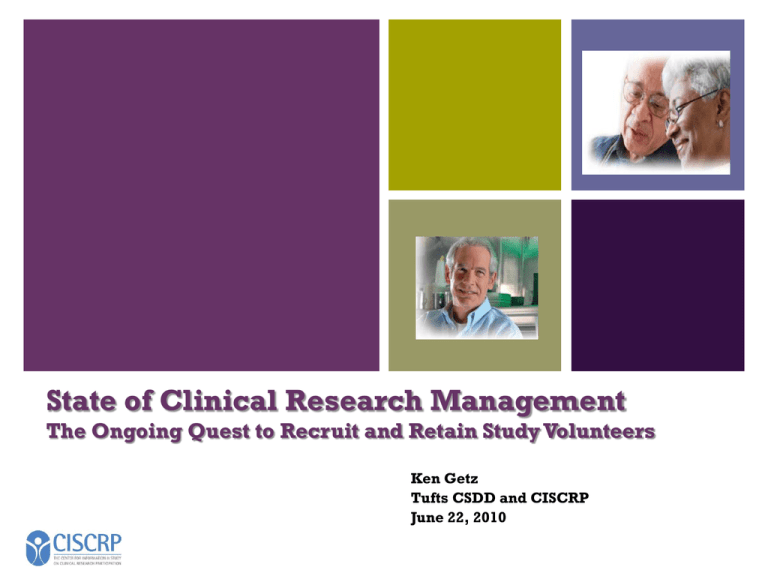
State of Clinical Research Management The Ongoing Quest to Recruit and Retain Study Volunteers Ken Getz Tufts CSDD and CISCRP June 22, 2010 + Study Conduct Risk and Inefficiency • 90% of all clinical trials delayed • Since 1999: • Inquiry Rates dropped from ~3% to <1% • Randomization rates from 75% of screened 20% of Sites = 55% of Patients to 59% of screened • Completion rates from 69% to 48% • 20% of the sites are responsible for 50+% of the patients; 20% of sites fail to enroll a single patient; 30% under-enroll • Approximately 7% of ALL sites actually deliver what they proposed in the feasibility assessment • High levels of turnover and poor sponsor/CRO systems compatibility Source: CIS, Tufts CSDD Growing Levels of Non-Compliance Complaints filed as a percent of Active INDs # of Complaints: 15 106 111 139 266 245 Note: includes all research INDs overseen by CDER, adjusted for submissions held due to agency concerns Sources: Tufts CSDD Public Confidence and Trust General Public Attitudes 70%-83% of Americans believe clinical research is ‘very important’ or ‘essential’ to advancing public health 65% of Europeans believe that clinical research plays an important role in advancing public health Perceptions of Clinical Research Professionals 42% of Americans and 36% of Europeans distrust biopharmaceutical companies 31% of Americans believe the FDA is effective at ensuring public/patient safety 25% of Americans and 17% of Europeans believe that PIs and study staff are primarily motivated by greed Sources: Research!America (JAMA, 2005); Ohmann (2004); HarrisInteractive (2002, 2004, 2007) By Extension… Study Volunteers • Desperate (~29% believe only seriously-ill participate) • Risk Takers (80% believe participants are ‘gambling’ with their health) • Ambivalently respected (34% ‘Don’t Admire’ study volunteers) Source: CISCRP, 2006; N=900 ‘Who makes a better contribution to mankind?’ Primary Strategies • Assurances • Sources of Volunteers • Technology solutions • Distribution Channels Primary Strategies • • Assurances • Professional certification and training • FDAA and publishing requirements • IRB accreditation Sources of Volunteers • Extended global reach • ‘Hedging’ recruitment risk Distribution of FDA-Regulated Investigators Sources: Tufts CSDD Global Backlash Lancet 371; 2008 ‘Hedging’ Recruitment Risk Number of PIs Per Active IND * Includes all research INDs, adjusted for submissions held due to agency concerns Sources: Tufts CSDD Mean Number of Patients per NDA * Does not include volunteers that participated in clinical studies not included with the NDA submission. Primary Strategies (continued) • Technology solutions • • • • • • Clinical Trial Management Systems Communication portals Historical and predictive recruitment metrics Integrated collaboration support systems Online training and virtual MCMs Distribution Channels • • Traditional channels Rapidly expanding arsenal of approaches to reach study volunteers Changing Recruitment Approaches Incidence of Volunteers from External Sources Source: CenterWatch Surveys of Investigative sites A Growing Arsenal of Recruitment Tools Static Patient Data Chart Review Claims Data Lab Data Dynamic Patient Data Health system information exchange Electronic medical records Multi-media advertising and promotion Newspapers; craiglist; radio, television, Internet listings ‘Opted-in’ Patient data Internet-based communities Social Networks Online community forums (‘Pull’), Twitter (‘Push’) Blogs, Social Networking and Twitter Rapid proliferation of Web 2.0 solutions to add to the recruitment arsenal Opportunity to expand reach into targeted and broad communities and solicit rapid response Crowded space Broad ethical, regulatory and business concerns raised Feb 3 – Market leader ‘Healogic’ exits citing a ‘difficult market’ that won’t be ready to truly embrace this solution for another 10 years Support for Long Term Success SUSTAIN (Community of Participants and Ambassadors) RECRUIT & RETAIN ENHANCE (General Education and Awareness) ENABLE (Support Network and Tools) CISCRP’s Public Outreach Initiatives National Outreach and Education • • • • • • • • • PSAs – Medical Heroes CISCRP Membership Edutainment Media Outreach Original Research House Resolution 248 ‘Appreciation’ legislation Post-Trial Results Search Clinical Trials Public & Patients Local Outreach and Education • AWARE for ALL • Educational Materials (pre- and post-trial) • Medical Heroes packets • Speakers Bureau • Media Outreach • Science Museums • HS Science Initiatives Pre- Educating Study Volunteers Print and video educational materials Sites that pre-educated study volunteers Had fewer and more effective screenings Had patient randomization rates four times faster than sites that did not Randomized the majority (68%) of the patients for the study 18 Impact of ‘Medical Heroes’ Enrollment Rate in 12 Markets with Mass Media Patient Recruitment Ads Only Enrollment Rate in 6 Markets with Mass Media Recruitment Ads in Conjunction with ‘Everyday Heroes’ Campaign Improvement in Enrollment Rates from Concurrent Ad and Outreach Campaign Use 2.9 Patients/Month 4.0 Patients/Month 38% 4.0 Patient/Month 9.6 Patients/Month 140% WAVE 1 WAVE 2 Note: Pilot test involved two pain studies; 30 sites across 18 markets throughout the US Source: Eli Lilly & Company, 2007 Communicating Post-Trial Results • Pilot program sponsored by Pfizer Multiple formats Study staff integral to entire process Extremely positive reception from volunteers and sites • Planning national roll-out with several sponsors How well do you feel you understand the results of your clinical trial? Pre - Pilot Post - Pilot Very Well/ Somewhat Well 16% 92% Not Very Well/ Not at All Well 84% 8% Annual Growth Rate Rising Protocol Design Complexity Sources: Tufts CSDD analysis of 10,038 protocols, 2000-2006 Compensation per Procedure Cycle Time Metrics Median Days Elapsed 69% - 75% Increase Source: Tufts CSDD 12% – 20% Increase Conclusions SUSTAIN (Community of Participants and Ambassadors) RECRUIT & RETAIN ENHANCE (General Education and Awareness) ENABLE (Support Network and Tools) Thank You Ken Getz Founder and Chairman, CISCRP kengetz@ciscrp.org www.ciscrp.org Senior Research Fellow, Tufts CSDD Kenneth.getz@tufts.edu 617-636-3487
